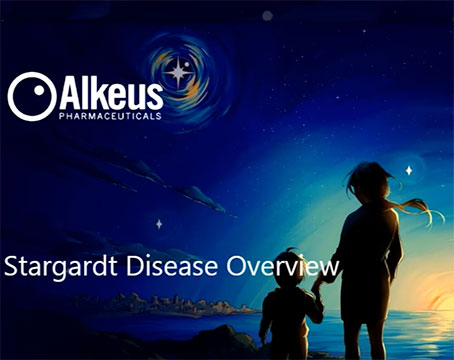I recently had the pleasure of sharing the podium with Judy Kim, MD, and hearing her give a fantastic talk on how artificial intelligence is impacting ophthalmology. The speed with which AI has entered the mainstream is perhaps only rivaled by the dramatic rise in Nvidia stock.
We now hear about generative AI and large language models doing incredible things from writing programs to screen for diabetic retinopathy1 to giving explanations and recommendations that are on par with specialists.2 For years, we’ve seen how deep learning can detect subtleties that even we retina specialists can’t, such as detecting gender based on fundus photos or optical coherence tomography.3 Is this the beginning of the end for us as a specialty?
I would argue this is the beginning of the next stage in our evolution. AI is already being deployed to assist with screening for retinal diseases, especially DR. It’s being incorporated into home OCT to assist with fluid detection and clinician alerts. AI-based scribes are being developed within electronic medical records systems, which will improve charting efficiency. AI platforms to aid in patient education are being developed.
The confluence of AI advancements with the epidemic of diabetes and the aging population couldn’t have come at a better time. It’s estimated that 10,000 people are turning 65 years old in the United States every day. The number of people with diabetes worldwide is projected to nearly double to 700 million in the next two decades.
As it is, our clinics are bursting at the seams, leading to thinking that we’re not training enough retina specialists to carry the oncoming load. This is where AI could step in.
Imagine a future where an AI call center schedules patients in the most efficient manner. AI techs do the intake and testing. AI captures imaging and provides preliminary interpretations with any pathology already highlighted for us.
During our exam and discussion with the patient, the AI scribe listens and documents the salient parts into a complete chart note, which it then rewrites automatically in layman’s terms when patients go online to access their records. AI assistants are available 24/7 to answer questions and triage calls.
The further development of low-cost home retinal imaging with AI monitoring decreases the need for regular visits, allowing patients to only come in when they need treatment. Coupled with long-lasting therapeutics, it’s conceivable that our clinics will be transformed for the better.
So let’s not fear the TermEYEnator but rather embrace the future. Hasta la vista, baby. RS
 |
REFERENCES
1. Mohammadi SS, Nguyen QD. A User-friendly approach for the diagnosis of diabetic retinopathy using ChatGPT and automated machine learning. Ophthalmol Sci. 2024;4:100495.
2. Tailor PD, Dalvin LA, Chen JJ, et al. A comparative study of responses to retina questions from either experts, expert-edited large language models, or expert-edited large language models alone. Ophthalmol Sci. 2024;4:100485.
3. Chueh KM, Hsieh YT, Chen HH, Ma IH, Huang SL. Identification of sex and age from macular optical coherence tomography and feature analysis using deep learning. Am J Ophthalmol. 2022;235:221-228.




